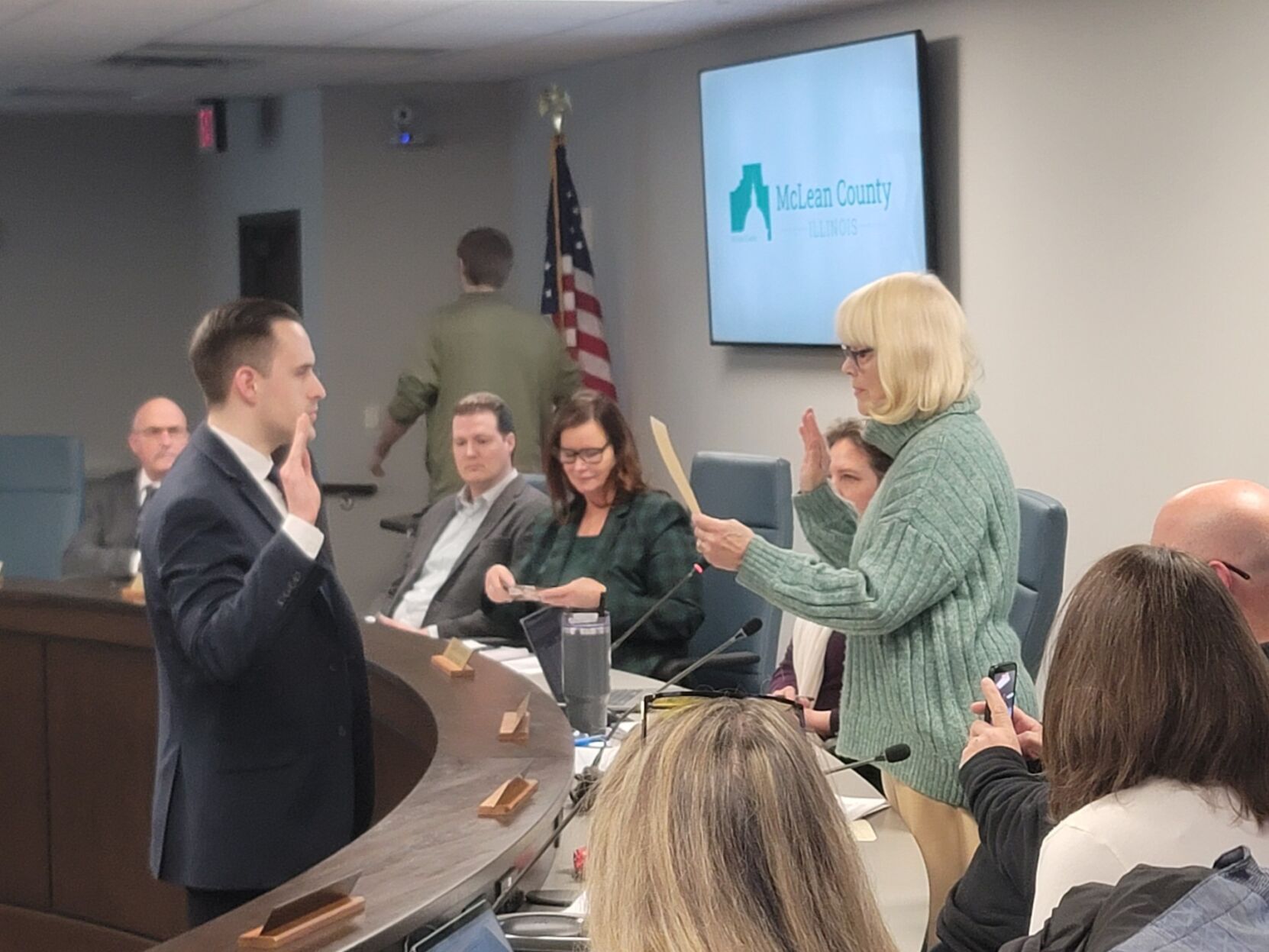Now available at UWM, this two-part hybrid training equips participants to identify distress signals, respond with confidence, and connect students to supportive resources. Designed for faculty and staff, the program aims to foster a safer, more supportive campus environment.
Suicide prevention training is available now
Key Takeaways:
- The training focuses on suicide prevention at UWM
- It is structured as a two-part hybrid program
- Participants learn how to identify signs of distress
- The program encourages confident responses to mental health concerns
- Connecting students to supportive resources is a core objective
Introduction
Suicide remains a critical concern on college campuses nationwide, underscoring the need for widespread awareness and proactive measures. At the University of Wisconsin-Milwaukee (UWM), a new two-part hybrid training program has been introduced to give participants the tools they need to support students facing mental health challenges.
Why It Matters
Faculty and staff are often on the front lines of student interactions. By receiving targeted training, they can play a pivotal role in detecting early warning signs of distress. Equipping educators and staff members with the knowledge and confidence to respond promptly is essential for creating a supportive environment.
Program Overview
This two-part hybrid training provides a flexible and thorough learning experience.
• Identify Signs of Distress: Participants are guided to recognize emotional, behavioral, and verbal indicators that a student may be struggling.
• Respond with Confidence: Through practical strategies and awareness-building, the course aims to help individuals feel prepared to offer initial support.
• Connect to Resources: Beyond immediate intervention, the training highlights ways to link students with professional help and supportive networks.
Supporting the Campus Community
UWM’s emphasis on suicide prevention reflects an ongoing commitment to nurturing a compassionate campus culture. By involving faculty and staff, the institution ensures that those most likely to observe student distress are ready to intervene and direct students toward appropriate services.
Conclusion
At its core, this training seeks to empower individuals—particularly those in close, day-to-day contact with students—to act decisively when it comes to mental health concerns. By learning how to spot signs of distress, respond with assurance, and connect those in need to safe, reliable resources, participants can help make a tangible difference in the well-being of their community.











